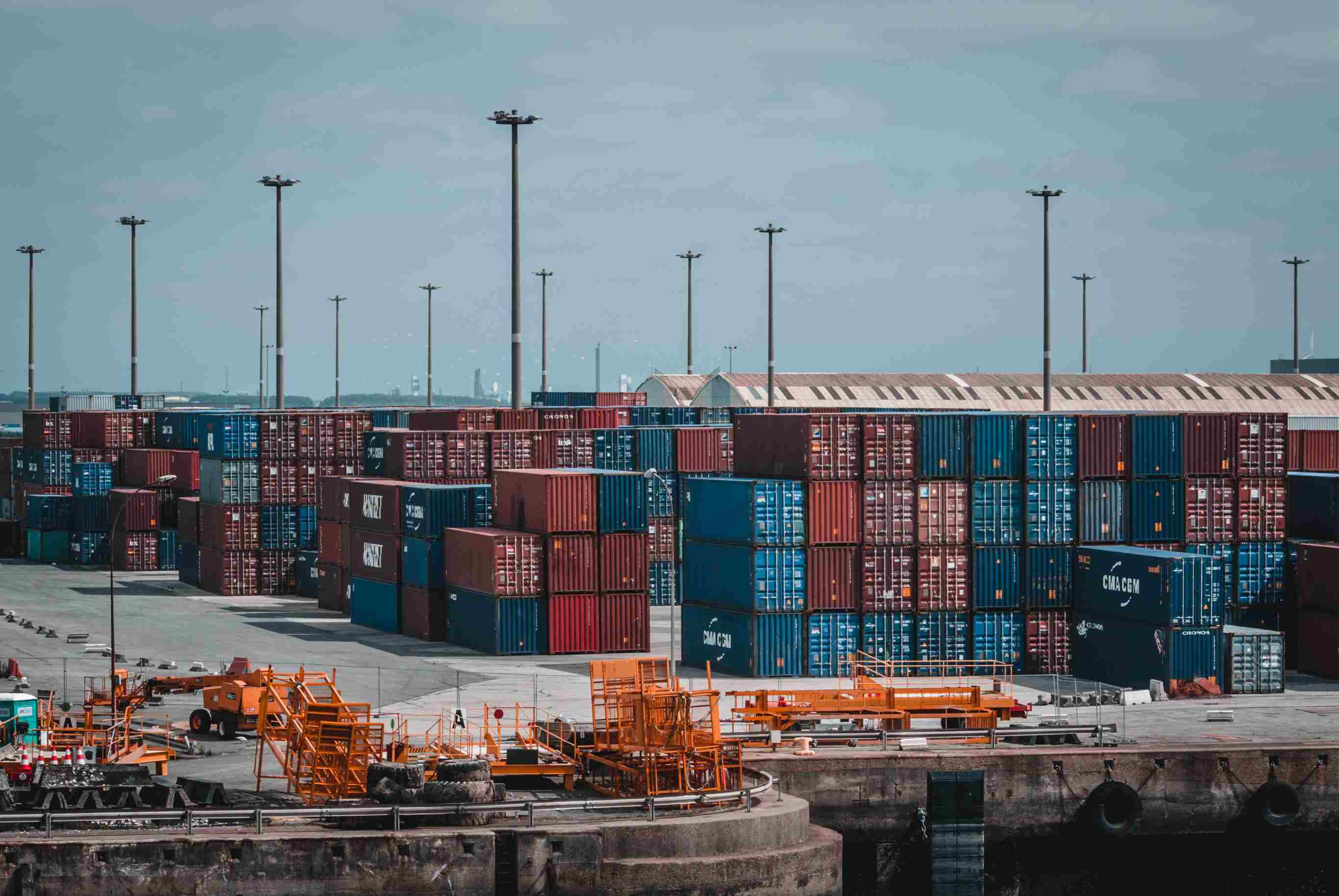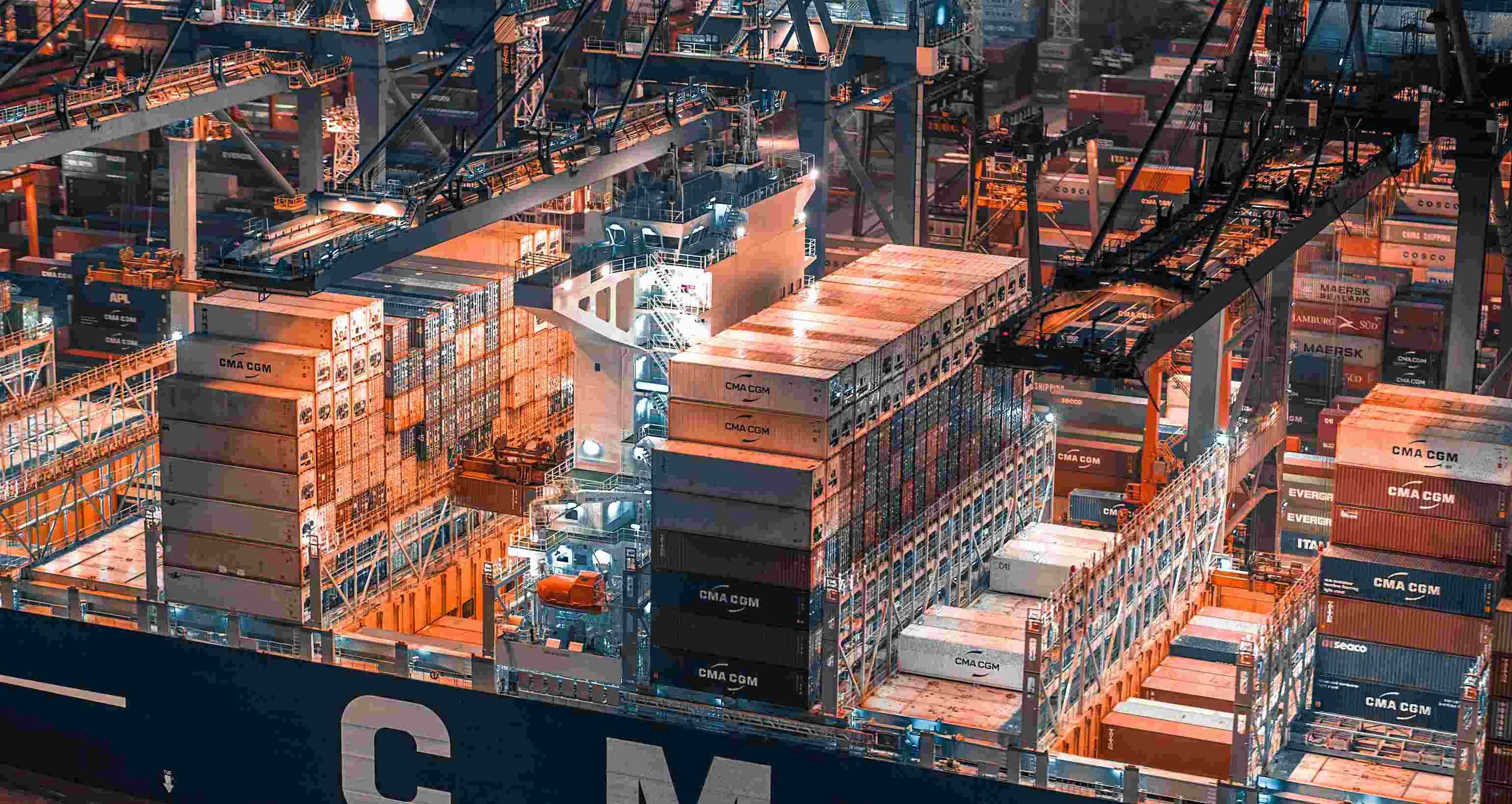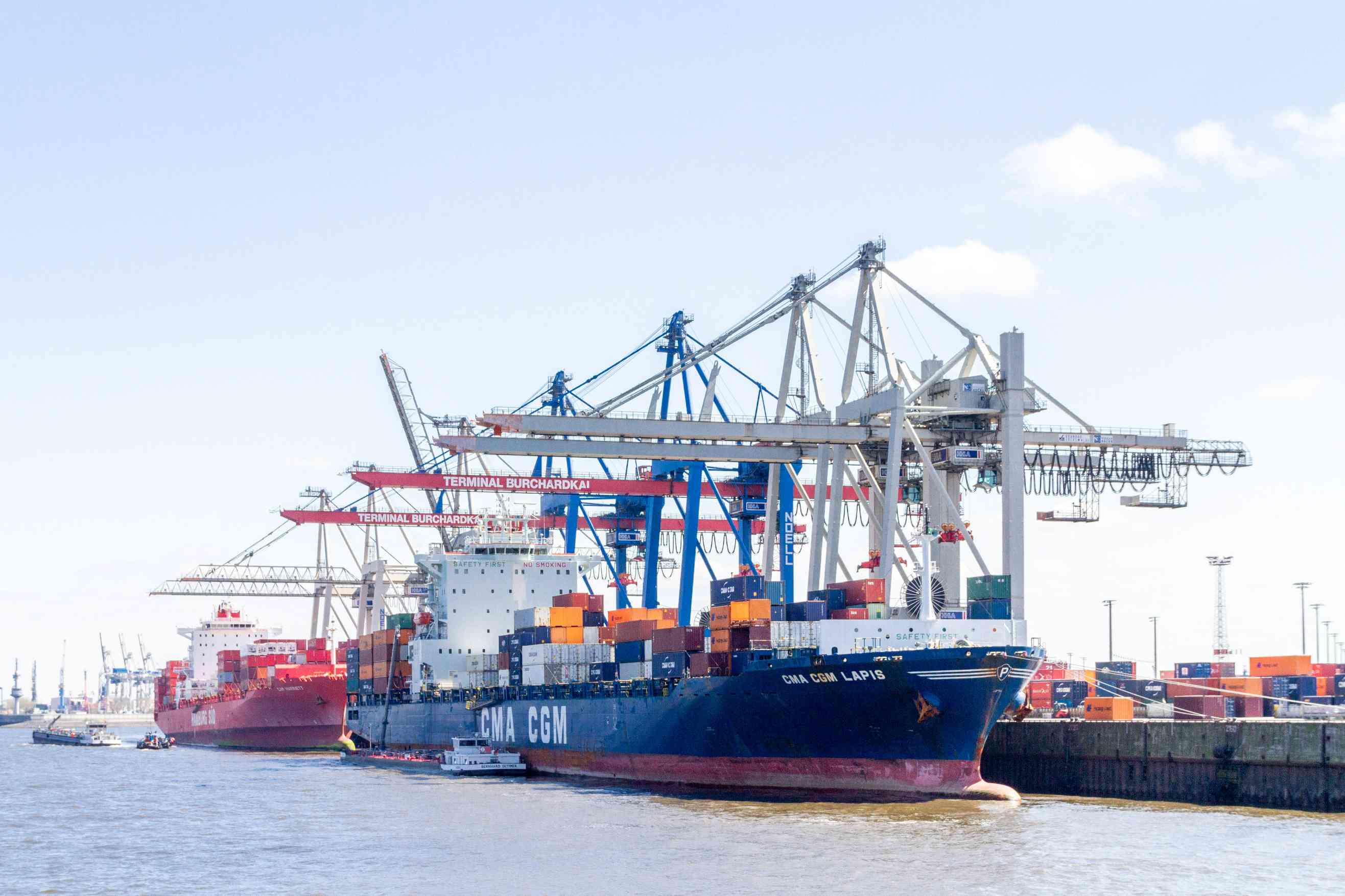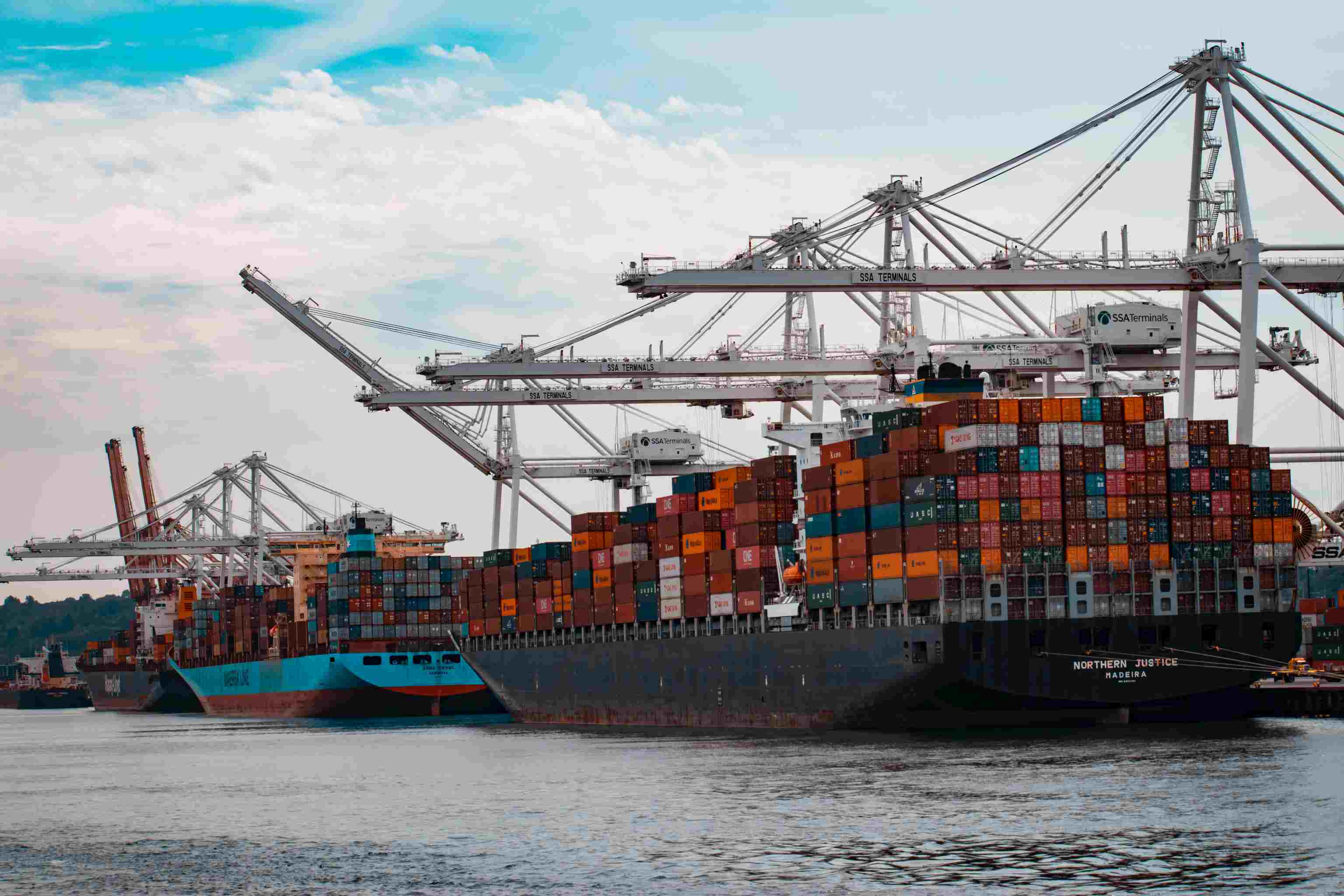China Sea Freight Rates: Navigating the Economic Tides of Global Trade
In this article, we will delve into the intricacies of China sea freight rates, exploring the factors that influence them, the market's landscape, emerging trends, and strategies to manage the associated costs.
Factors Influencing China Sea Freight Rates
Economic Factors
Exchange Rates and Inflation
Exchange rate fluctuations can greatly affect sea freight rates. A strong Chinese currency may make exports more expensive, impacting shipping costs. Additionally, inflation can erode purchasing power and influence shipping expenses.Global Demand and Supply
The interplay between global supply and demand has a profound impact on sea freight rates. When demand exceeds supply, rates tend to rise, and vice versa. Events like the COVID-19 pandemic highlighted the fragility of this balance.Geopolitical Factors
Trade Policies and Tariffs
Trade tensions and tariffs can disrupt established trade routes and create uncertainty in shipping costs. Negotiations and disputes can lead to sudden rate fluctuations, leaving businesses grappling with unpredictability.Regional Conflicts and Security Concerns
Political instability and regional conflicts can result in heightened security concerns and potential route diversions, leading to increased operational costs for shipping companies.Geopolitical Factors
Trade Policies and Tariffs
Trade tensions and tariffs can disrupt established trade routes and create uncertainty in shipping costs. Negotiations and disputes can lead to sudden rate fluctuations, leaving businesses grappling with unpredictability.Regional Conflicts and Security Concerns
Political instability and regional conflicts can result in heightened security concerns and potential route diversions, leading to increased operational costs for shipping companies.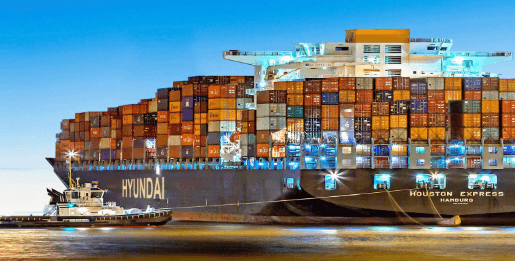
The China Sea Freight Market
Major Ports and Trade Routes
Ports Along the Maritime Silk Road
China's Belt and Road Initiative has revitalized ancient trade routes, resulting in bustling ports such as Shanghai, Ningbo, and Guangzhou. These ports play a significant role in shaping sea freight rates.South China Sea Routes
The South China Sea is a hotspot for maritime trade, connecting China to Southeast Asia, Australia, and beyond. The political tensions in this region can affect shipping costs.Key Players in the Market
Shipping Companies
Shipping giants like Maersk, COSCO, and MSC dominate the China sea freight market, competing fiercely and shaping rate structures.Freight Forwarders and Brokers
These intermediaries are essential for cargo consolidation and logistics. They can help businesses navigate the complexity of sea freight rates and find the best deals.Strategies for Managing China Sea Freight Costs
Freight Rate Negotiation
Long-term Contracts vs. Spot Rates
Businesses must weigh the benefits of long-term contracts, which offer stability against spot rates, which can yield cost advantages when markets are favorable.Volume Commitments and Rebates
Volume commitments to shipping providers can secure preferential rates, and rebates based on performance can be lucrative for companies with consistent shipping needs.Supply Chain Optimization
Inventory Management
Efficient inventory management can reduce shipping costs by minimizing storage needs and ensuring that goods are shipped at optimal times.Multimodal Transportation Options
Exploring multimodal transportation options can lead to cost savings by combining various transport methods, such as sea, rail, and road, to create more efficient supply chains.Conclusion
Understanding and managing China sea freight rates is a critical aspect of international trade. Businesses must navigate the intricate interplay of economic, geopolitical, and environmental factors while also leveraging technology and strategic partnerships to optimize their supply chains.Cooperating with a reliable and professional freight agency in China, you can stay informed and adopt prudent strategies, better managing the costs of transporting goods to and from the world's workshop. Please feel free to contact us at Overseas@szhyocean.com for further information.
